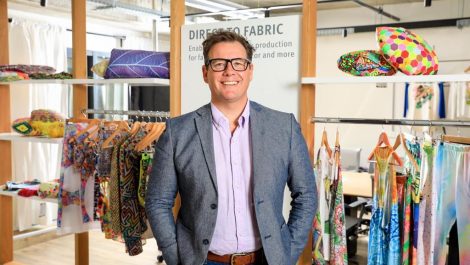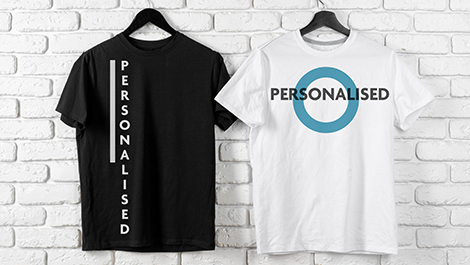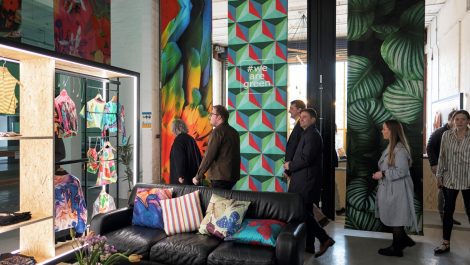In this blog Phil McMullin, pro graphics sales manager at Epson UK, casts his eye over how the fashion and apparel industries will change in the years to come.
The fashion industry has found itself under the spotlight for a number of reasons. A 2021 The World Economic Forum report states it generates 5% of global emissions, making it potentially the third most polluting industry after food and construction. The Fashion CEO Agenda 2021 pointed out that 73% of the world’s clothingends up in landfill.

The fashion industry has been under the spotlight in recent years
These issues, and the environmental implications of mass production, from the water consumed to the carbon footprint created and the waste generated, were increasingly being discussed before the global pandemic.
With supply chains disrupted, and new approaches encouraged in recent months, there has been an acceleration in the fresh opportunities available to reshape the industry.
Three potential scenarios were identified by the Repeat, Repair or Renegotiate? The Post-COVID Future of the Apparel Industry study from the School of Industrial and Labor Relations at Cornell University. They are:
- Repeat – a return to pre-pandemic practices.
- Regain – an acceleration of pre-pandemic changes, such as supply chain consolidation, automation and near-shoring by leading buyers and suppliers.
- Renegotiate – redefining an industry in which changes to structure, sourcing and governance are integrated and mutually reinforcing.
The study that interviewed 29 apparel industry experts working in Asia and globally, between August 2020 and March 2021, said regain was the most likeliest, driven ahead by changes in process (supply flexibility) and production technology. Repeat takes the least effort but may be unacceptable to investors, regulators, worker advocates and the majority of suppliers, while renegotiation takes the most effort and depends on lining up investors, regulators, unions, campaigners, and suppliers.
It concluded, for the industry, renegotiation that could be the most hopeful. Not without its challenges, as it depends a collaborative approach, it could change contract terms and formulas and reshape power relationships particularly those regarding sourcing and governance.
Historically, buyers have held the balance of power. For renegotiation to be a success that balance should be adjusted more equitably and take into consideration the demands of suppliers including wages, working conditions, and worker rights.
To achieve this, and help prevent greater ‘supply flexibility’ turning into more of the same, or more pressure and risk for suppliers and their workers, while sharing new value along the supply chain with suppliers and workers, it suggests:
- Public regulation of supply chain practices – legal liability for apparel brands and retailers.
- Investor pressure for increased transparency in sourcing and supply chain practices.
- Campaigns against buyers’ practices combined with shifts in consumer expectations for the leading fashion brands that could lead to reputational and financial damage.
We at Epson have another suggestion – reimagine. Redesigning how apparel is created on demand from design to delivery by adopting digital print production capabilities.
Using direct to garment (DTG) and direct to fabric (DTF) systems producers can enjoy:
- Design freedom and creativity with the ability to adapt artwork quickly and easily.
- On demand flexibility by printing just what is needed, when it is needed.
- Just in time delivery eliminating storage requirements.
- Local production/ reshoring for reduced transportation costs and carbon emissions.
With entry level to industrial solutions available, Epson can support on demand operations as they adapt and grow their business to meet brand demands.
We can help them reimagine their approach to apparel production that addresses the key industry concerns while delivering products buyers want.
Every two months Digital Textile Printer sends out an e-newsletter exploring all the latest news and developments from across the most exciting sector in print. The only way to make sure you receive all of our content, including interviews, case studies and analysis is by registering, which you can do HERE.





